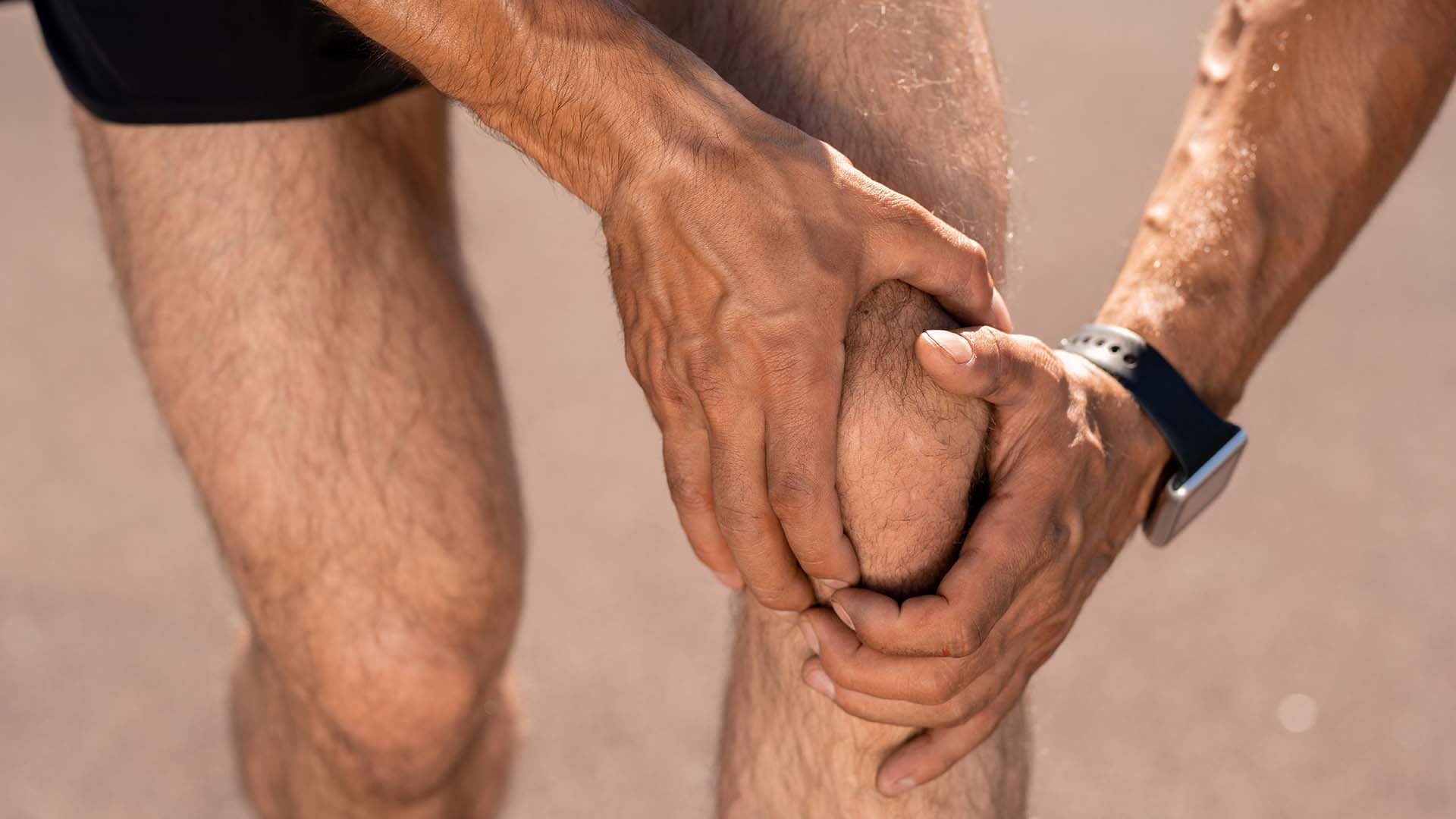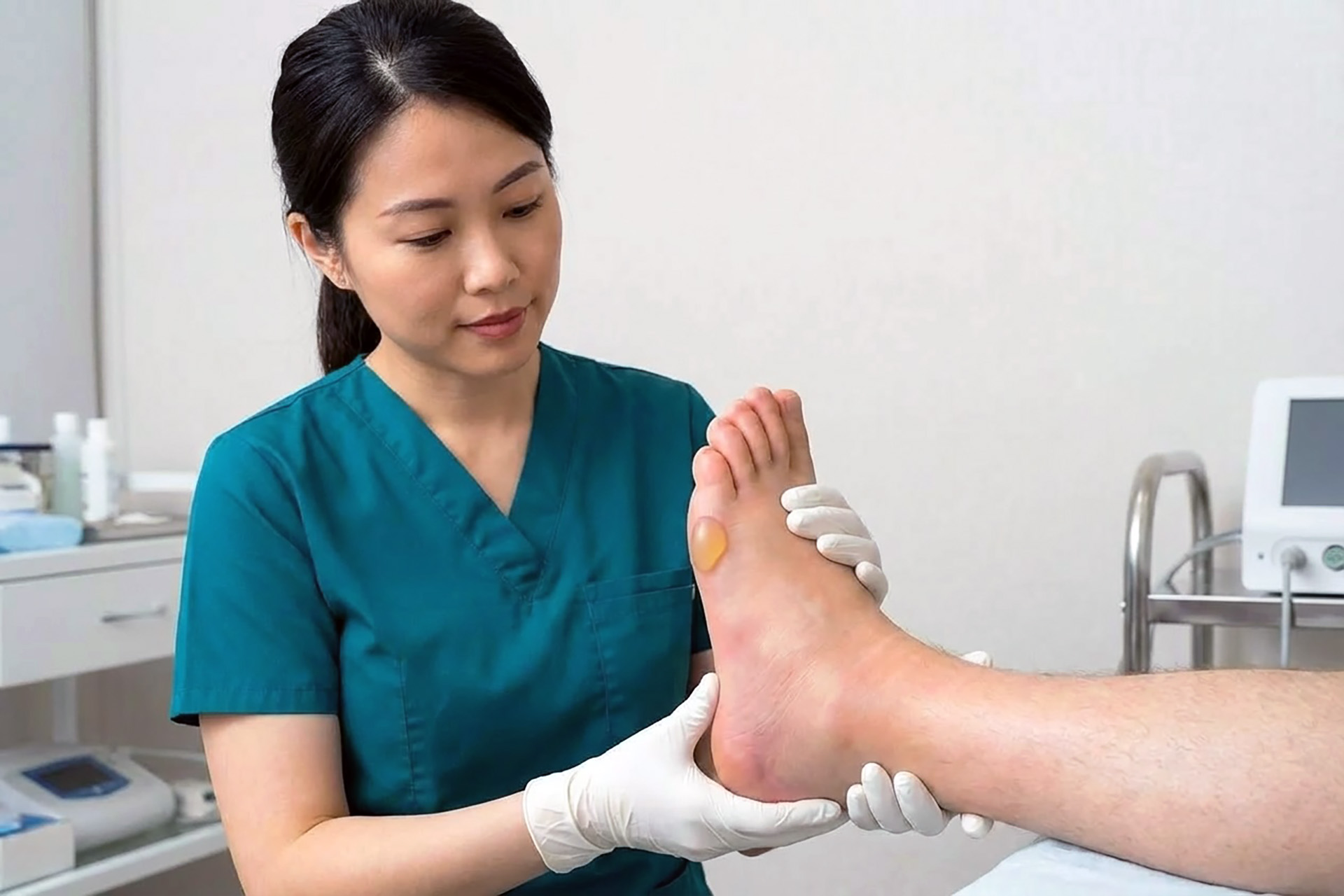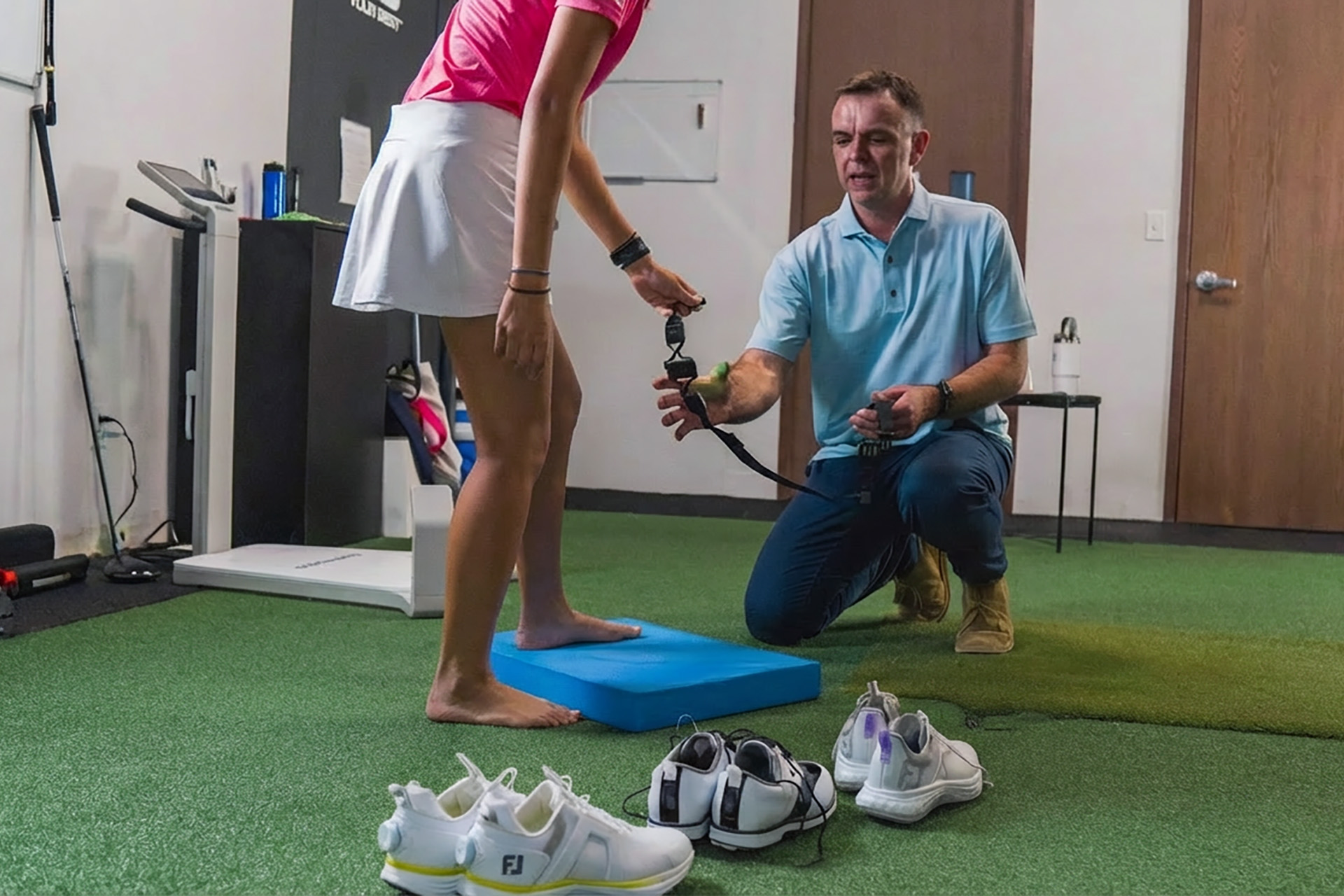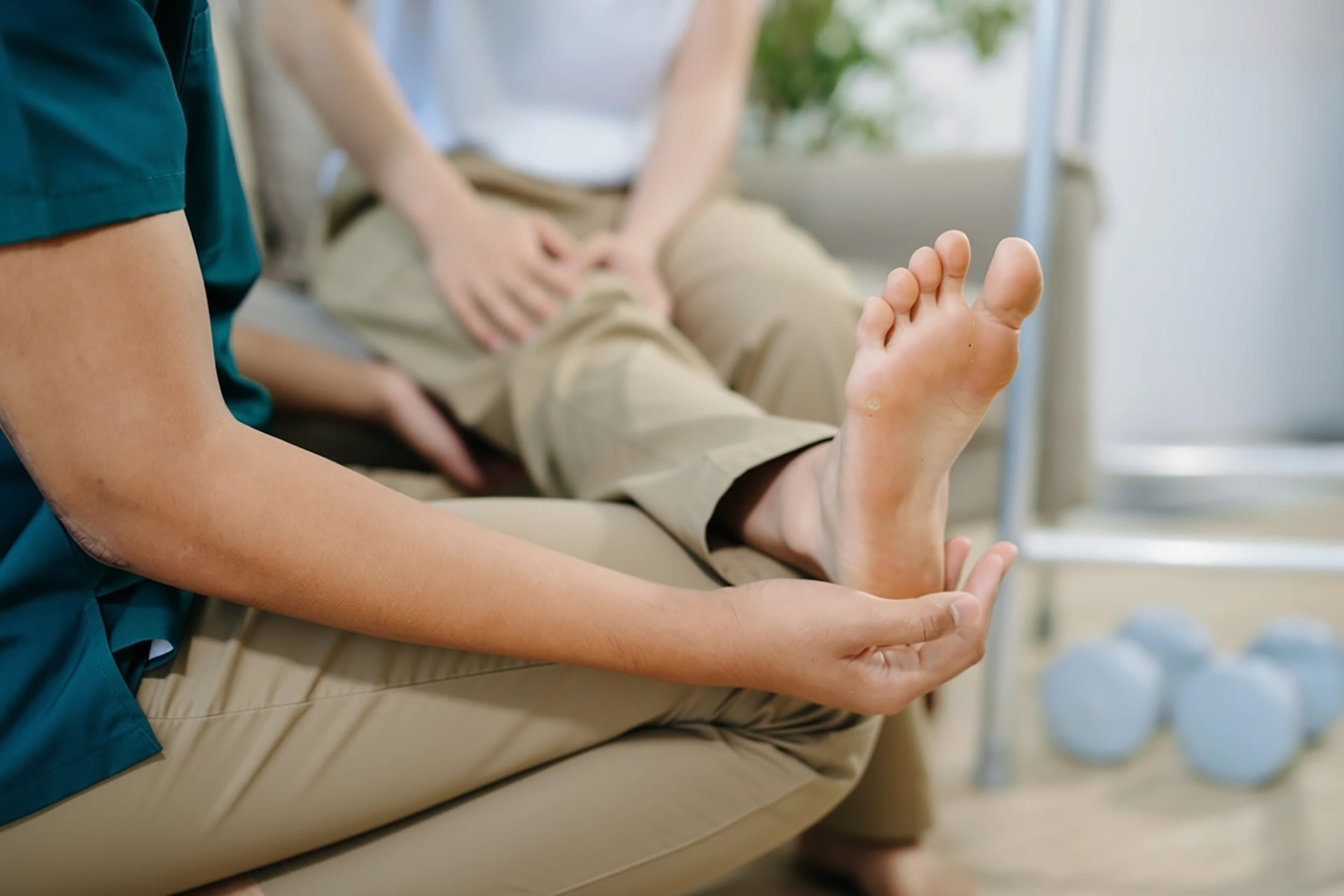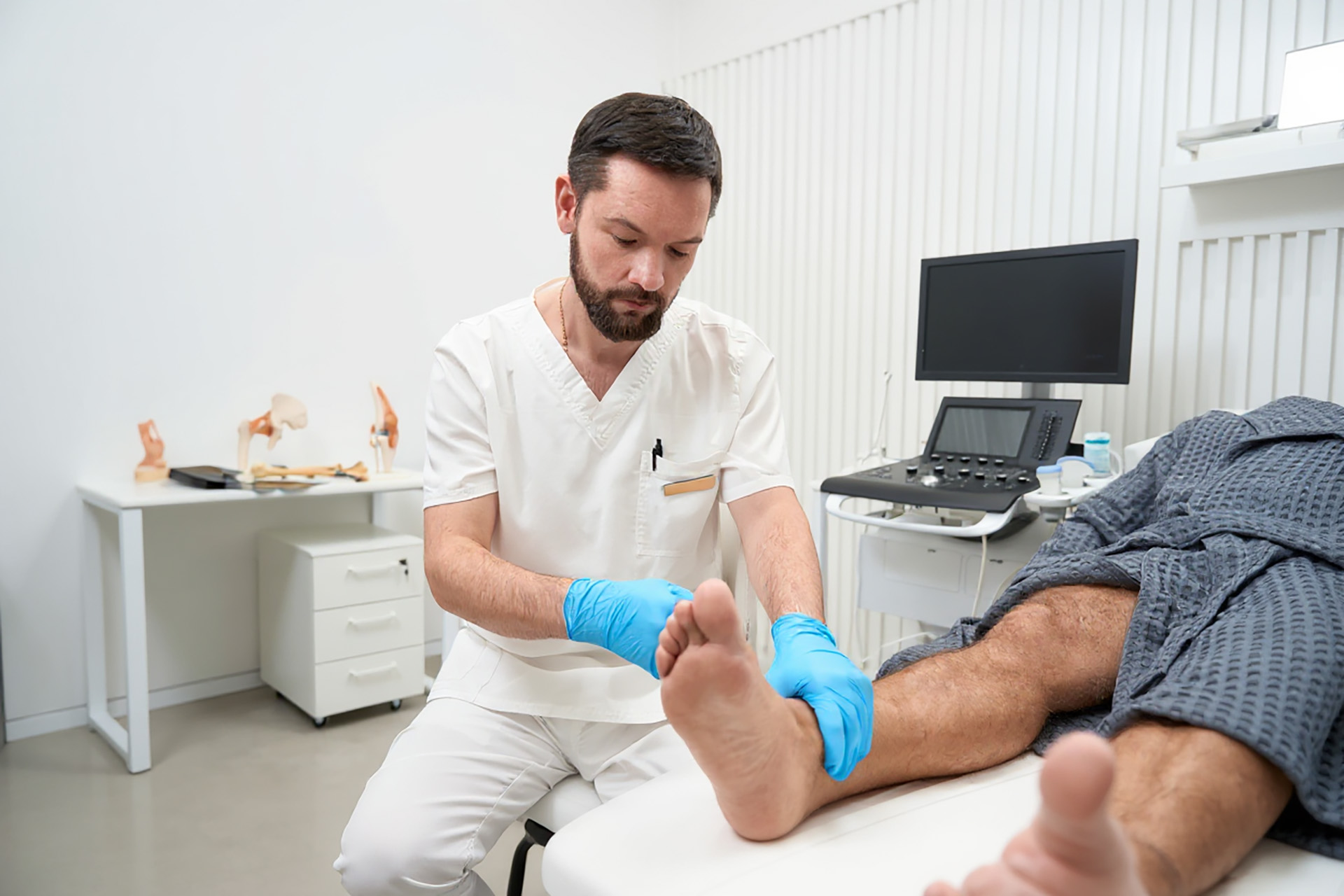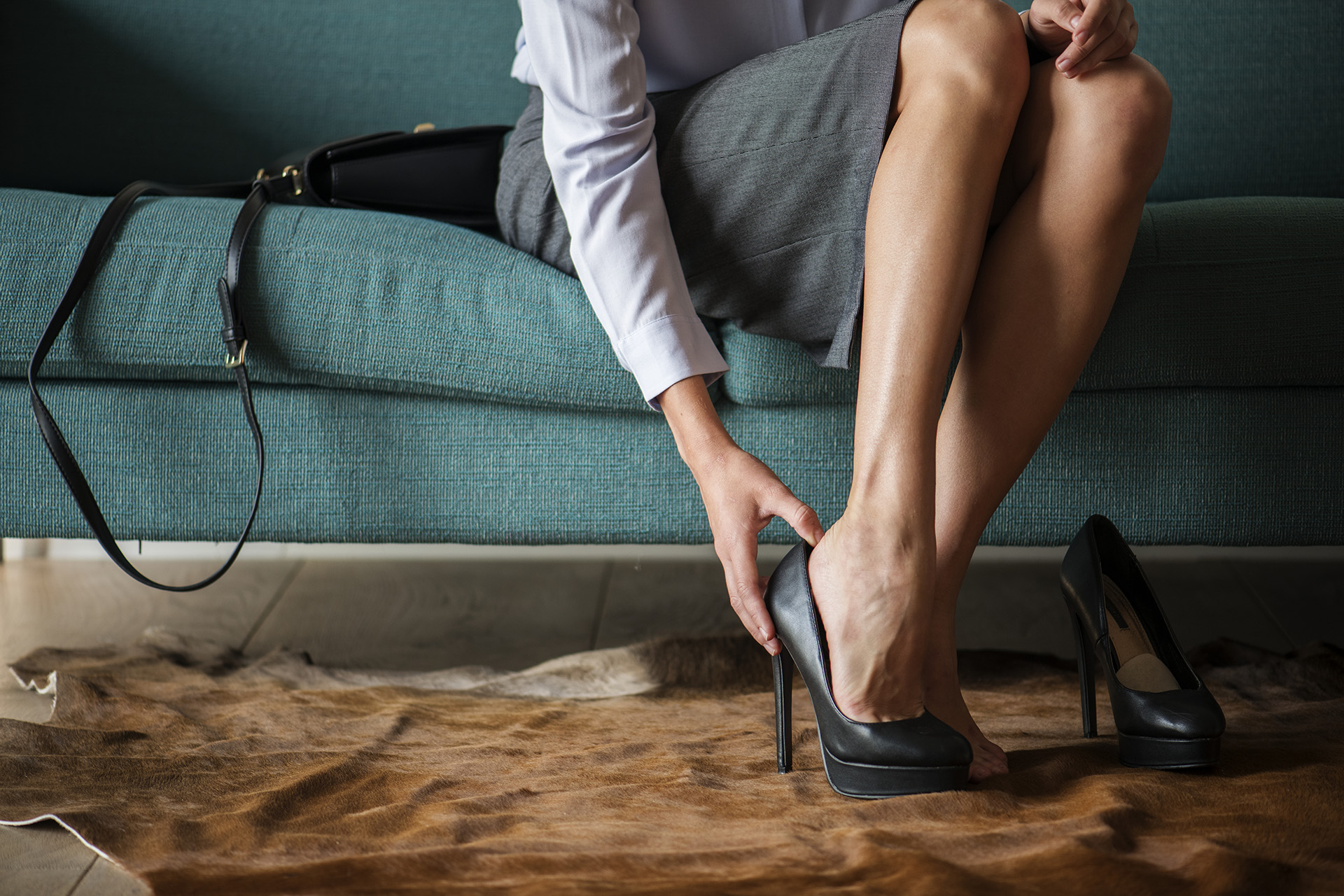Bursitis is the inflammation of a bursa, which are fluid-filled sacs in the joint. Bursae are found throughout the body where bones meet, allowing muscles and tendons to glide smoothly over each other without friction.
What Are The Common Causes of Bursitis & Risk Factors
Bursitis can manifest itself in a variety of ways and it is often mistaken for other diseases. The dysfunction can develop rapidly as a result of trauma or a high-impact injury, or it might deteriorate over time. Because your affected area is so close to the joint, it may feel achy and stiff, which could be misinterpreted as arthritis.
When pressing down on the joint and bursae, as well as moving or rotating the joint, you might experience pain. The affected area may be swollen, with redness and heat.
The condition is caused by a variety of factors, including:
- Age: As we get older, our tendons become less elastic and do not perform as well under high-load activities as they once did.
- Profession: People in professions that are physically demanding with repetitive movements are more prone.
- Hobbies/Exercise: People who play sports that require repeated movements, such as tennis, jogging, baseball, and cycling, or participate in hobbies like painting, gardening, and gaming are at higher risk.
- Medical Abnormalities: Musculoskeletal conditions such as pronation, leg-length disparity, past injury, and scoliosis might increase the risk of bursitis by putting an extra load on the bursa. Arthritis or inflammatory arthritis, such as gout, rheumatoid arthritis, and psoriatic arthritis, can exert pressure on a bursa, posing an added risk.
Different types of bursitis can affect any part of the body, although the heel – between the Achilles tendon and the heel bone – and the first joint of the big toe are the most prevalent sites for it in the foot. Pain, stiffness, or oedema in the affected area are common symptoms that intensify with activity.
What Is the Best Treatment for Bursitis Pain
Bursitis normally goes away in a few days or weeks with the proper treatment plan. However, if the symptoms are not properly addressed it can become a chronic condition.
If you are experiencing the above signs and symptoms, it’s critical to visit a podiatrist before starting therapy to reduce the incidence of a niggling issue becoming a chronic condition or leading to a more complex injury. After an assessment with our podiatrist, non-invasive treatment protocols to help prevent bursitis may include:
- Stretching to loosen tight tendons and ligaments that press on bursae; and, exercise programs to keep you active while mitigating joint pain.
- Icing and elevation routines to reduce pain.
- Padding the region while it heals. Properly supportive footwear lowers stress on the bursa and prevents recurrence of the problem.
- Customised orthotics ease the pressure on the joints for those who are more prone to it becoming a chronic condition due to their occupations or lifestyles.
- Physical therapy strengthens the muscles in the feet and ankles to deal with impact without putting too much strain on the bursa.
- Antibiotics if you have septic bursitis that typically affects bursae located at the knee and elbow joints.
Our team at The Foot Practice has the experience and knowledge needed to help you find relief from ankle and foot pain or lower limb injuries. Whether you have bursitis in the feet or pes anserine bursitis knee pain, our integrative approach includes orthotic therapy, footwear analysis, biomechanics training and other treatments customised for your needs. To schedule an initial consultation with our experienced professionals in Singapore, contact our podiatry clinic today.

